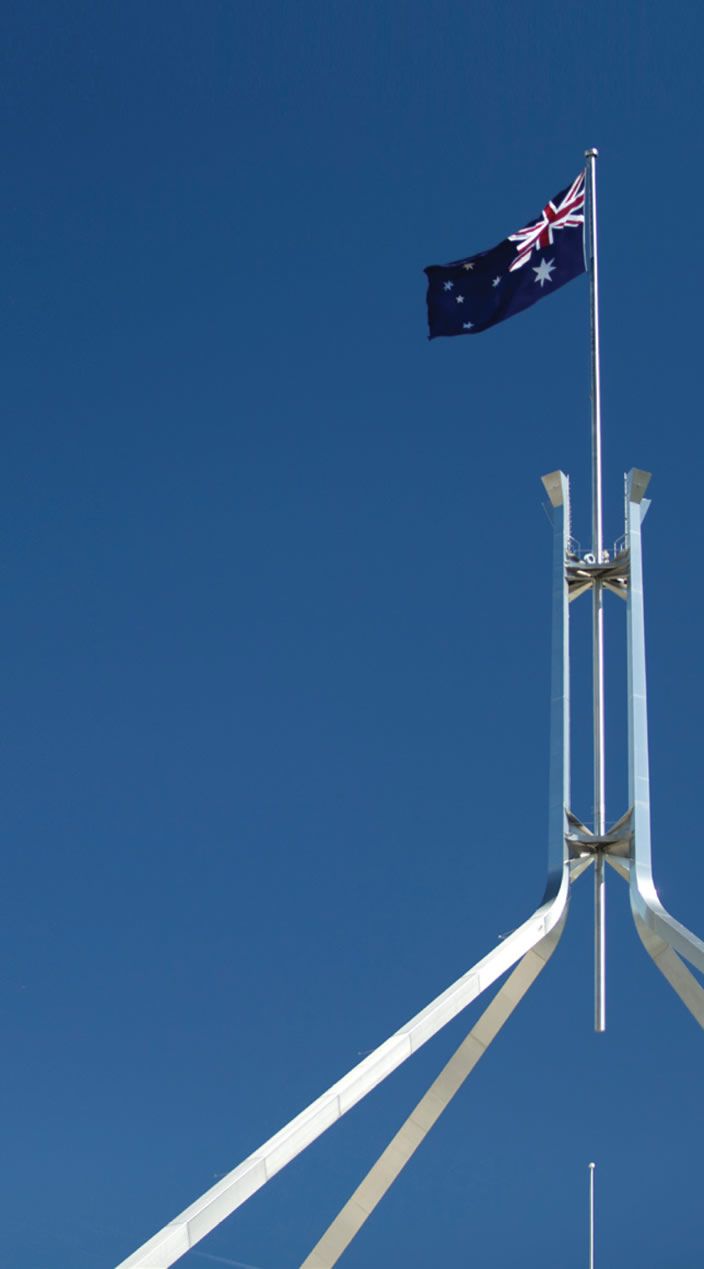
Ten years ago, Kevin Rudd gave the National Apology to the Stolen Generations – Aboriginal and Torres Strait Islander people forcibly removed from their families through the racist policies of successive Australian governments, all the way up into the late 1960s, Journalist Alex Menyhart writes.
Soon after, the Rudd Government implemented the Close the Gap Strategy, ostensibly to demonstrate that the Apology wasn’t just lip-service, but was a pledge to improve the lives and opportunities of Aboriginal and Torres Strait Islander people.
A 25 year strategy, the government set seven targets in regard to child mortality, early childhood education, school attendance, reading and numeracy, Year 12 or equivalent attainment, employment and life expectancy.
In 2018, only three of the seven criteria are considered ‘on track’, by the government’s own modest targets. The Australian Human Rights Commission states that the Strategy was “effectively abandoned after five years” and that in some areas “the mortality and life expectancy gaps are actually widening”.
But beyond the damning statistics, what is the experience of the workers on the ground? What has changed in the last 10 years? Karen Andriske has been an Aboriginal Education Worker at St Johns College, Dubbo since 1997 and said “students are still challenged with issues that are affecting their overall performances within the education field”. These issues relate closely to the targets introduced by the government.
Working in collaboration with Catholic schools, she believes there have been improved levels of school attendance and a greater emphasis on local Aboriginal and Torres Strait Islander culture that has been implemented into the curriculum. This has fostered respect, connection, belonging and the strengthening of partnerships in a system that can alienate Aboriginal and Torres Strait Islander communities.
Aboriginal School and Community Officer Mary Atkinson, who has worked in the Diocese of Wagga Wagga for 18 years, echoes this sentiment: “aspects of Australian Aboriginal history need to be a component in the school curriculum at a localised level.” She said incorporating elements of Aboriginal and Torres Strait Islander culture into the curriculum “is a benefit for all students.”
But despite all the improvements, Andriske is concerned that “the gap still isn’t closing”. There is still a lack of understanding as to why these targets are not being achieved as quickly as expected and no one is being held accountable. Atkinson concurs, saying that governments have failed to “consult with the people” on the issues which most affect them.
Rod Little, from the National Congress of Australia’s First Peoples, has reiterated both these statements in a recent interview. He said people working directly in Aboriginal and Torres Strait Islander sectors know what is required and that politicians in state and federal governments are largely unqualified as they are not practitioners and not beneficiaries of the service.
Aboriginal School and Community officers are facing problems of their own. This year government policy has changed to ensure that only Aboriginal and Torres Strait Islander people are employed in identified positions.
However, Andriske said despite the increasingly prominent role of Aboriginal education workers in schools, many potential candidates don’t apply for advertised positions because of the gratuitous requirements and stipulations on application forms, which not only prevent them from applying, but damage their confidence, self worth and cultural identity. Andriske also emphasised that “we don’t need to be scientists or have a degree in science to teach students about our culture or the basics of learning. We do that by being cultural people who listen and respond unconditionally.”


































































































































